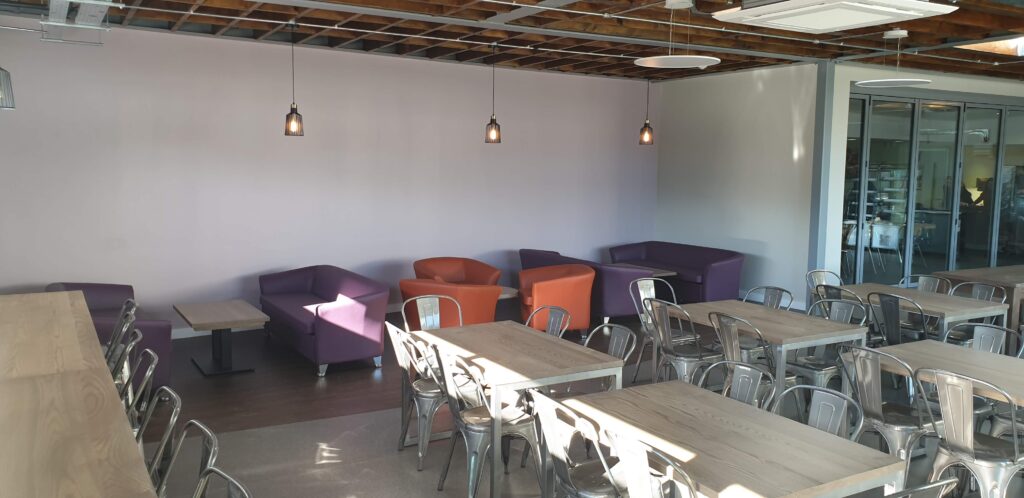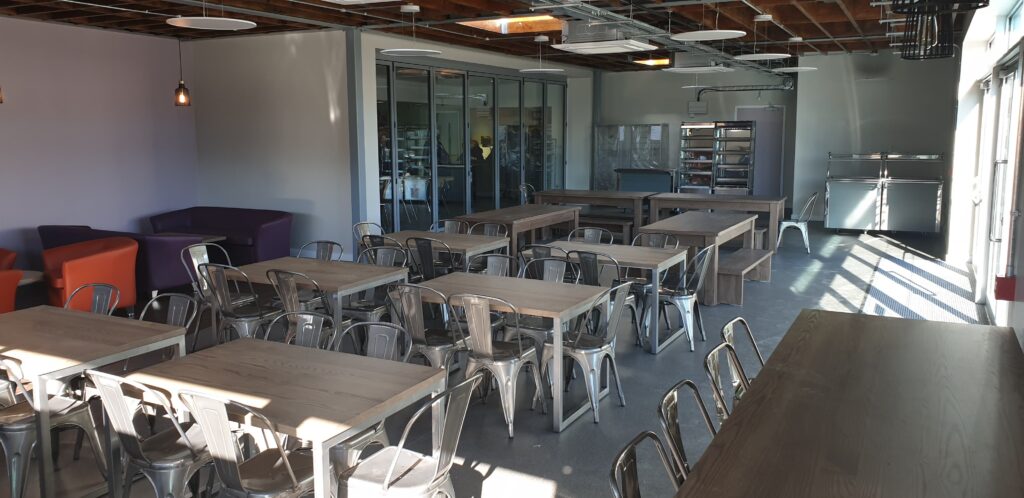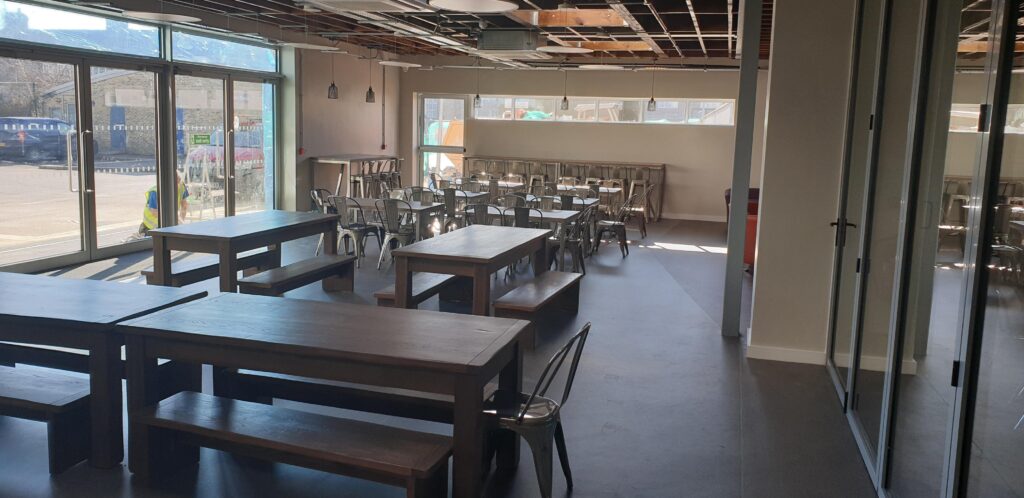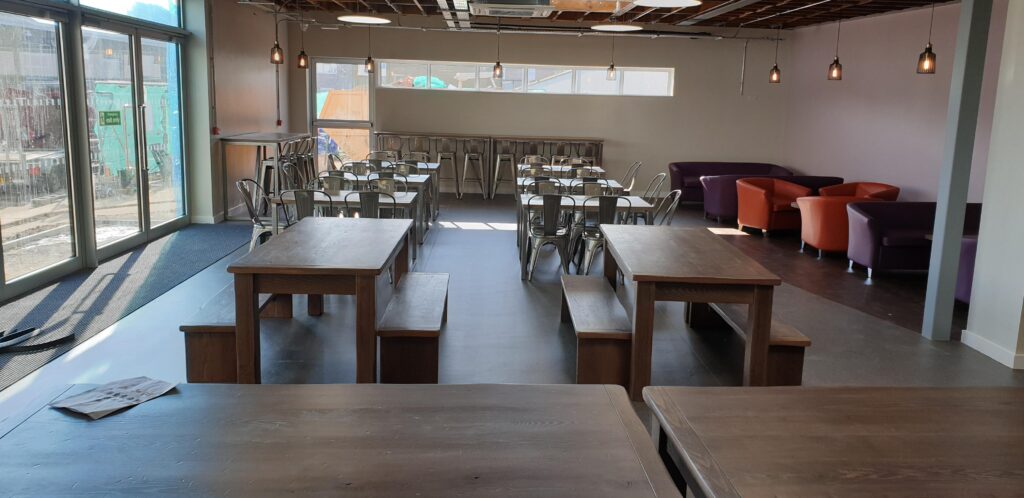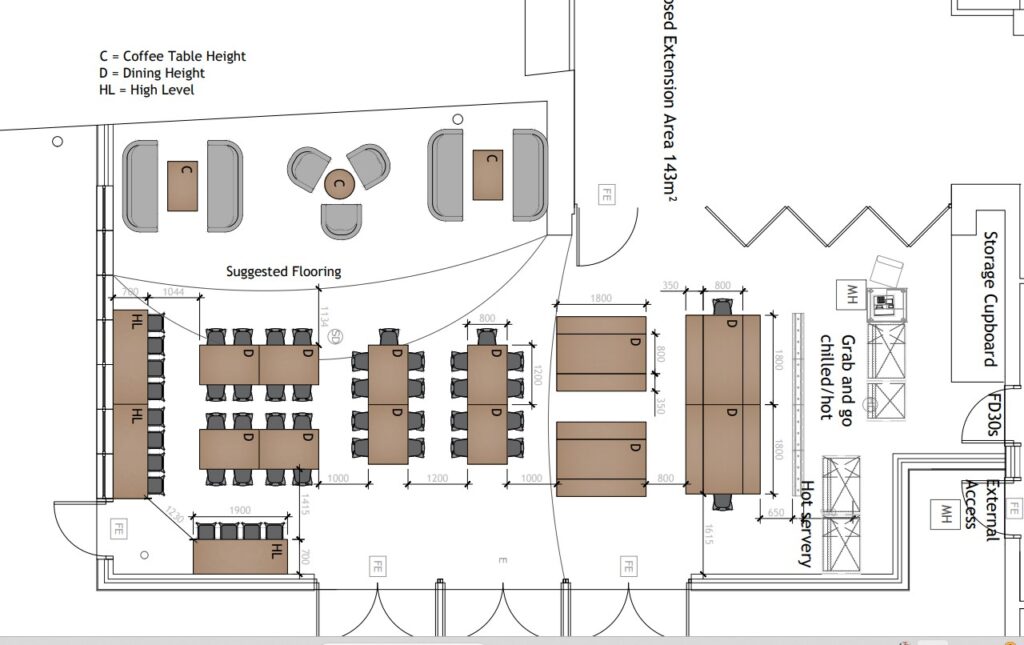Sixth Form Extension Refurbishment
Fully refurbished sixth form
Read more
Year 2023
Reason for the Project:
The school needed a separate reading room for Sixth Form students. The main building was already full to capacity so we converted a large shower block into a 95m2 reading room in a separate building within the sports ground site.
Aim of the Project:
To give sixth-formers a home that is separate to the rest of the school
Team Comments on the project:
We relocated services and installed new ceilings, lighting and data. We also managed the project and contract administration by hiring contractors and supervising their work.
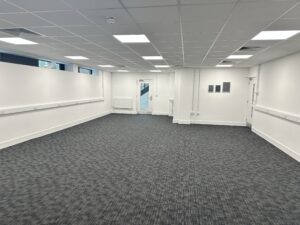
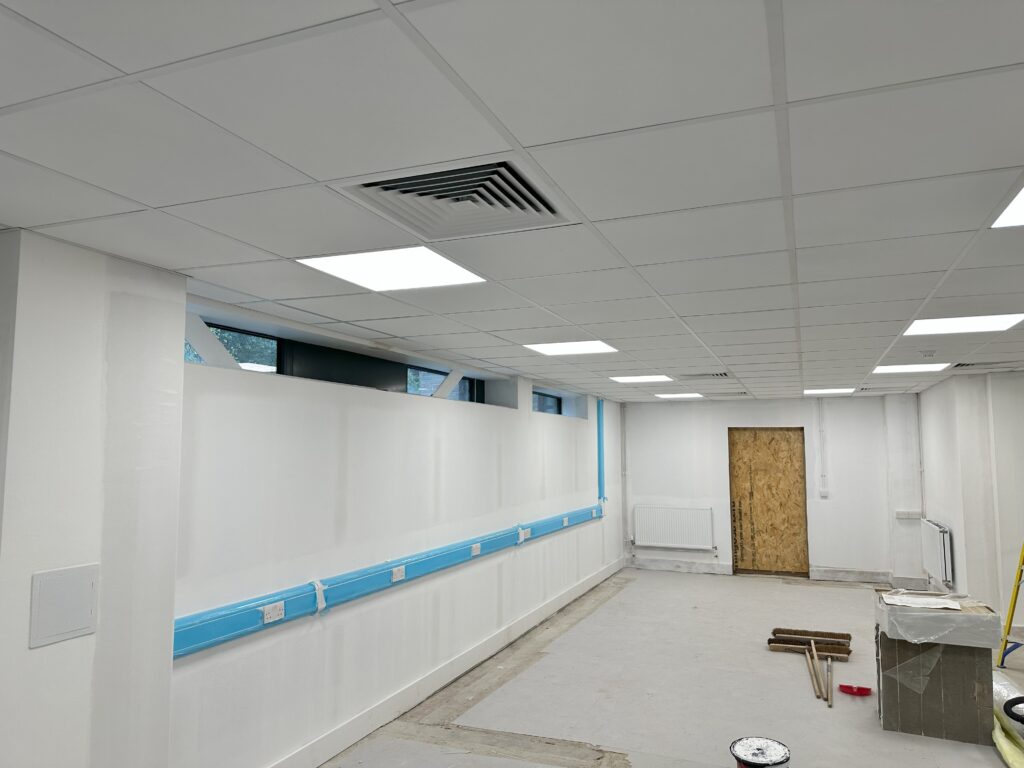
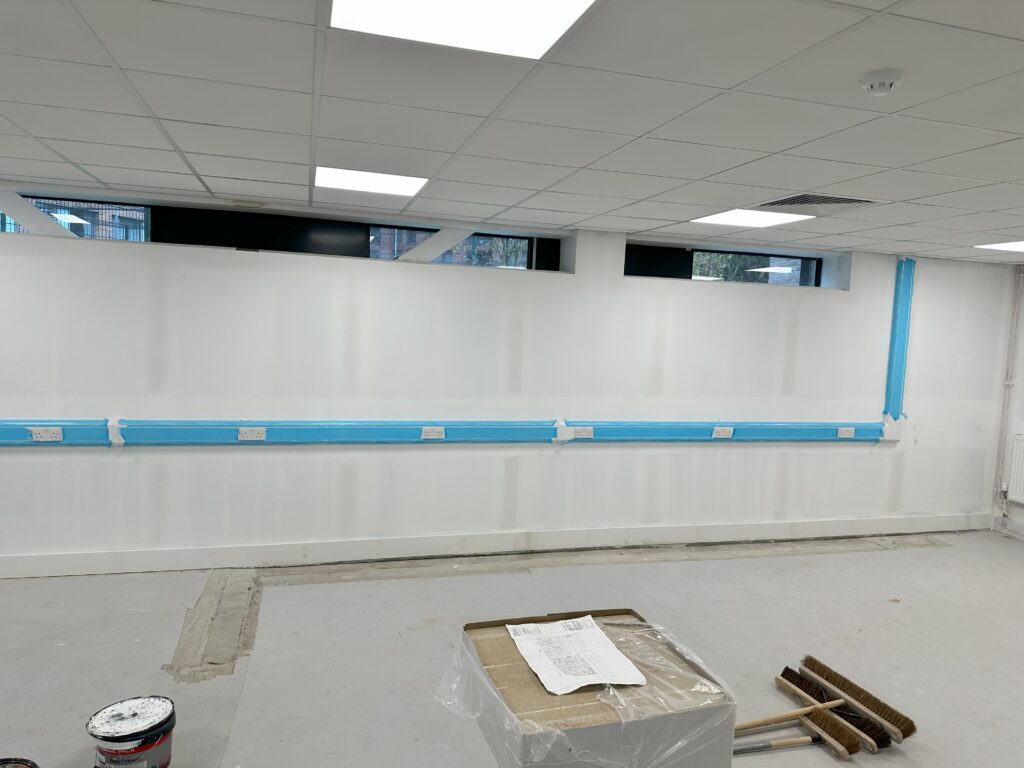
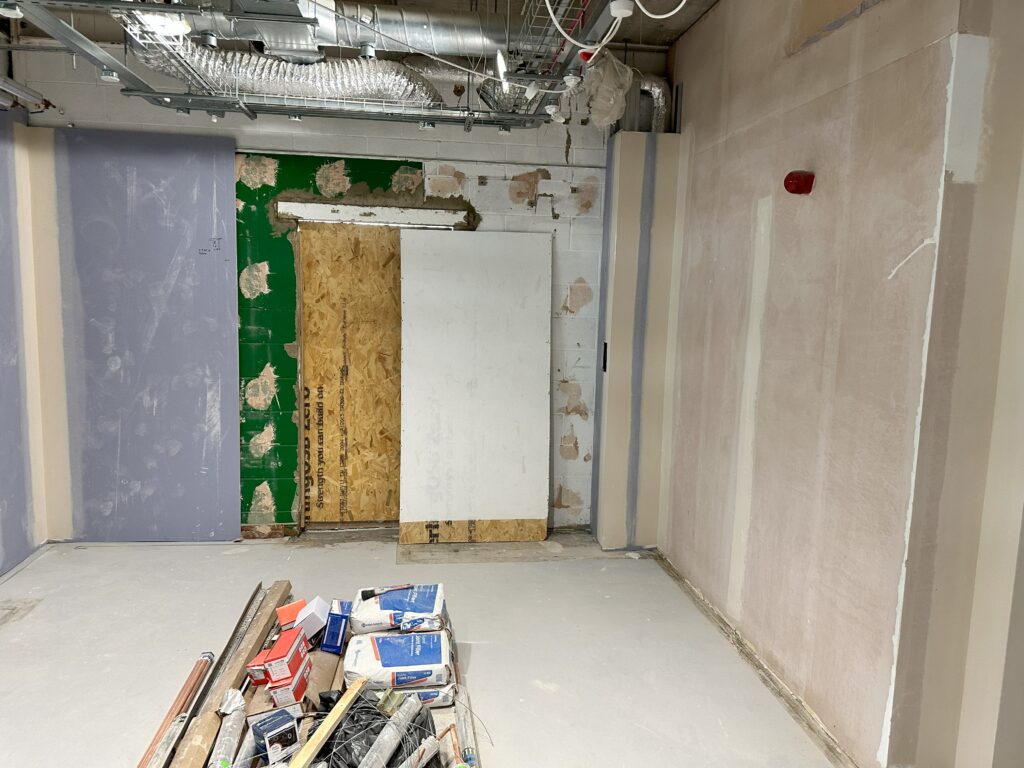
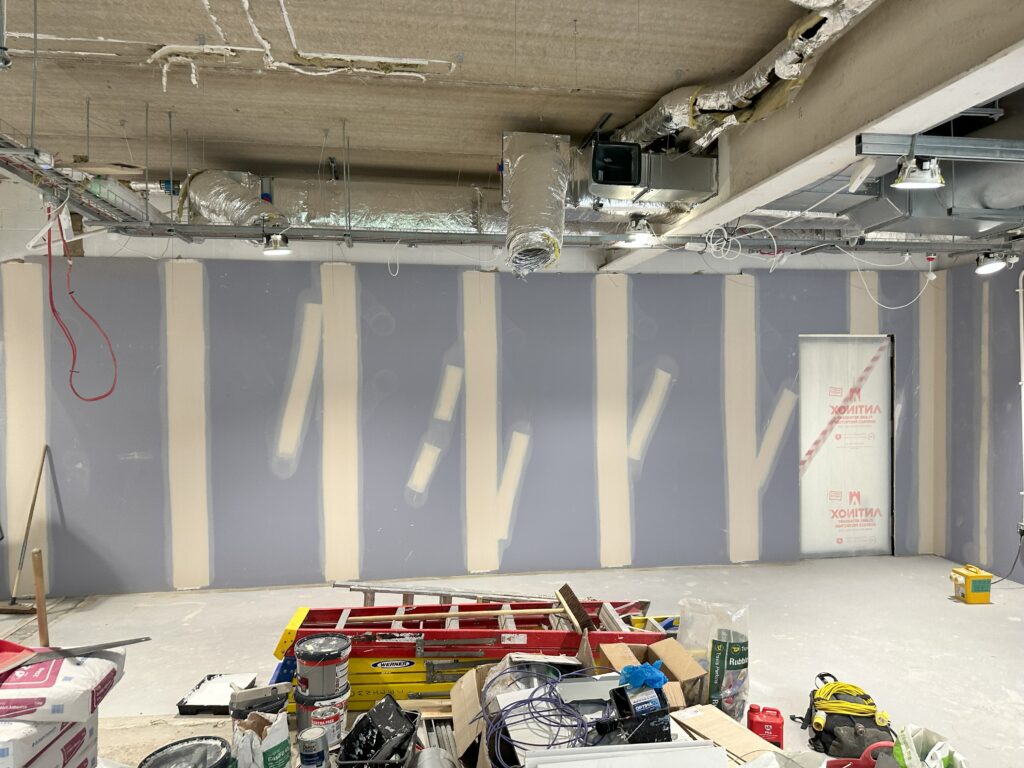
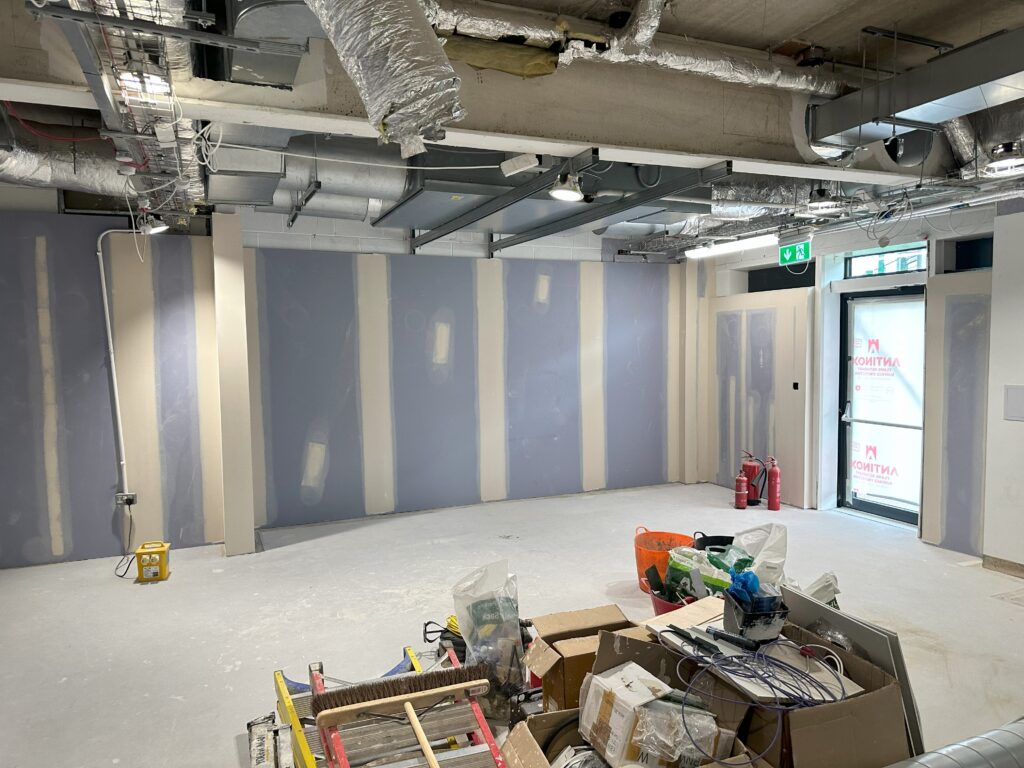
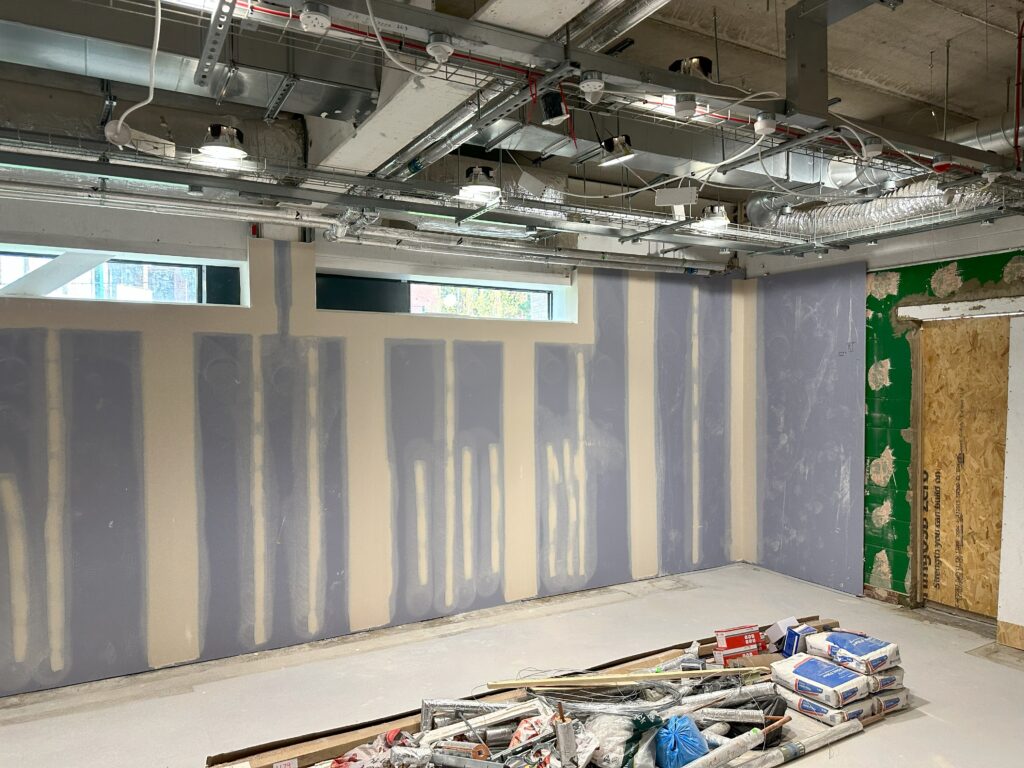
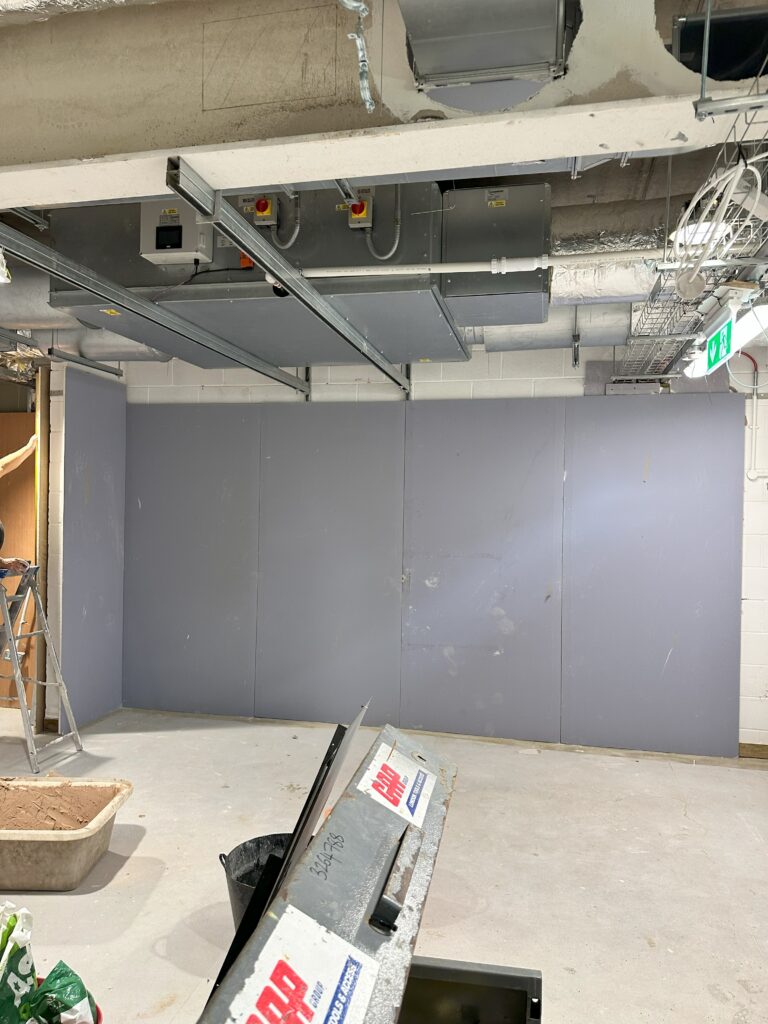
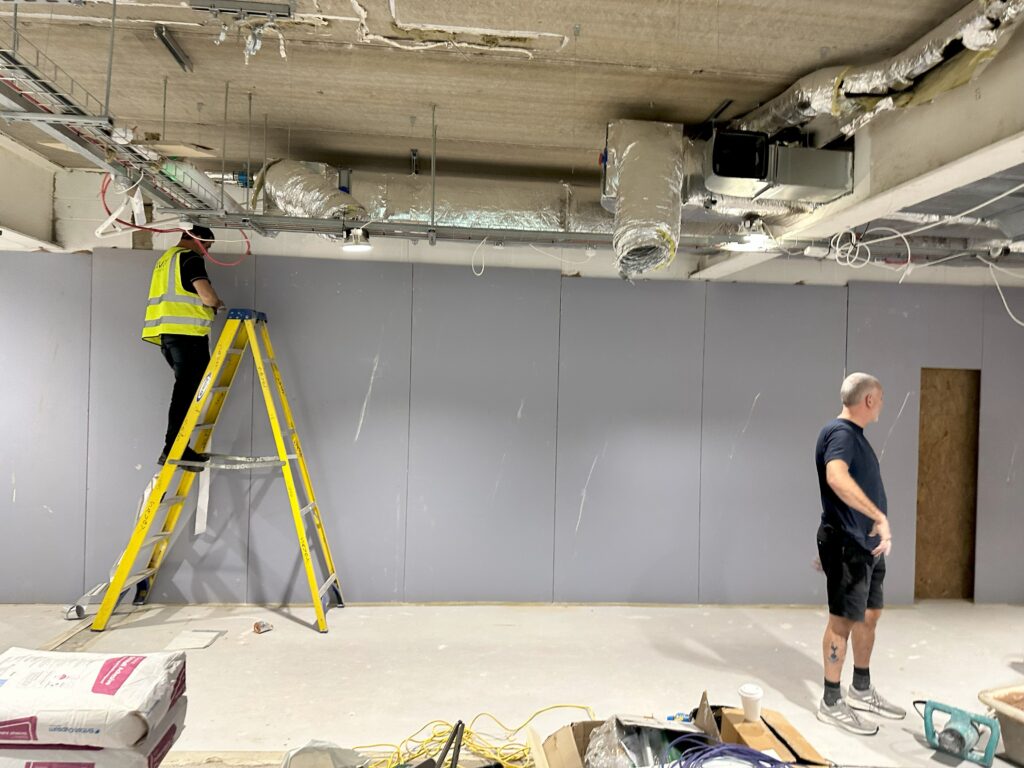
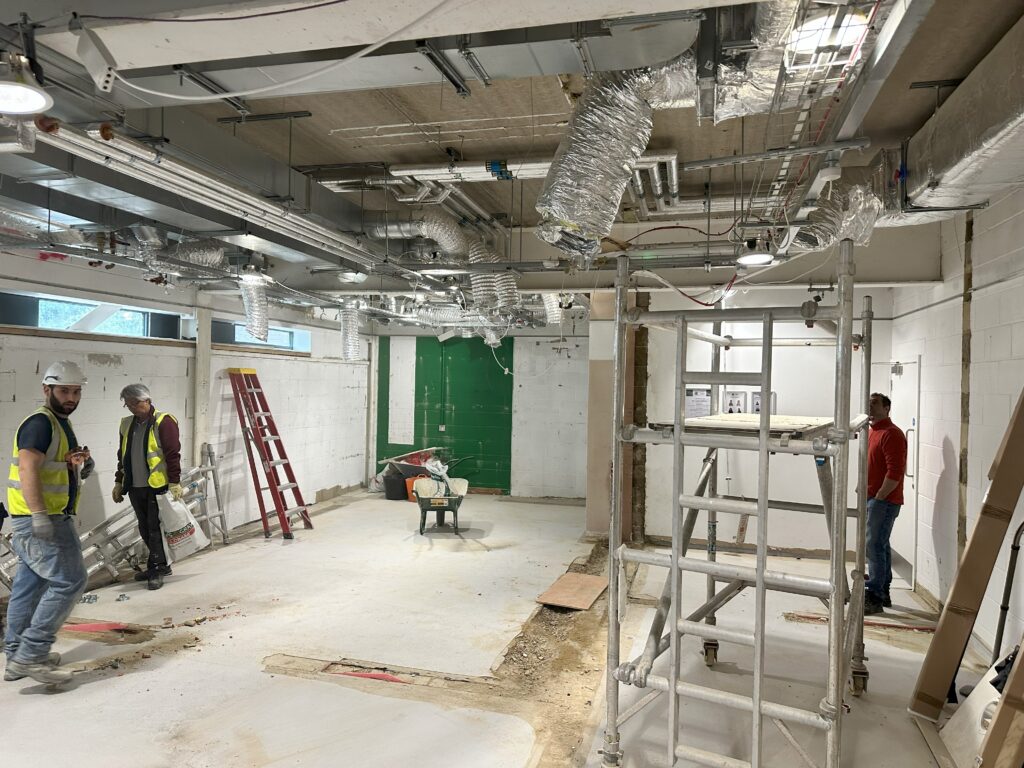
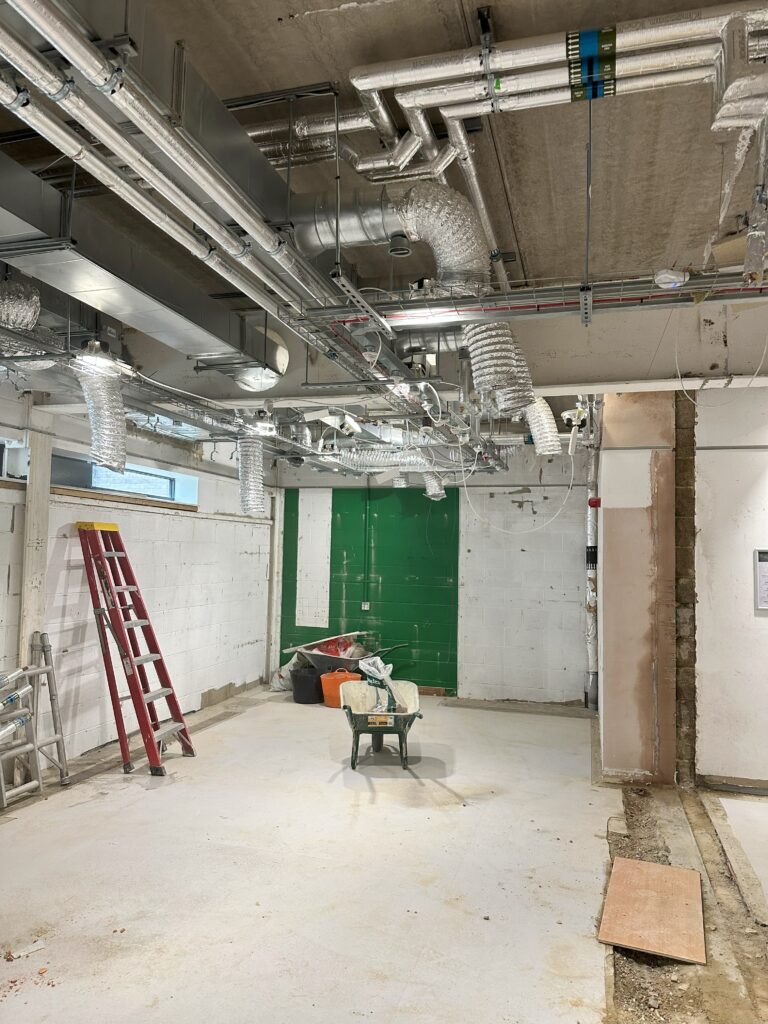


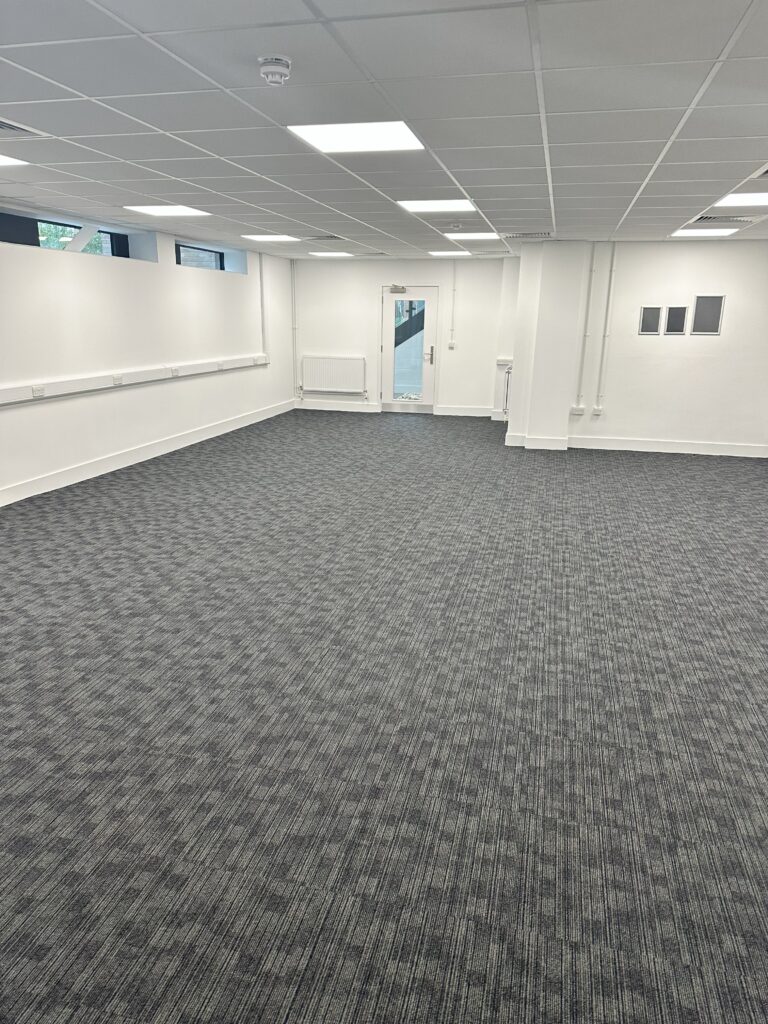
Year 2023
Surveys
Help for Schools conducted surveys to assess the fire safety requirements of the school’s main building, particularly focusing on the roof void.
Tender Specification
Based on the surveys, Help for Schools prepared a tender specification. This document likely outlined the specific requirements for the project, including the installation of a mastic sealing system and closure systems like fire-rated wall systems and metal framework.
Contractor Selection
Help for Schools took on the responsibility of selecting a contractor for the project. This would involve evaluating bids or proposals from different companies and choosing the one that best met the specifications and offered the most competitive terms.
Contract Administration Services
After selecting a contractor, Help for Schools performed contract administration services. This could include overseeing the implementation of the project, ensuring that the work is carried out according to the agreed-upon specifications, monitoring the project timeline, and handling any issues that may arise during construction.
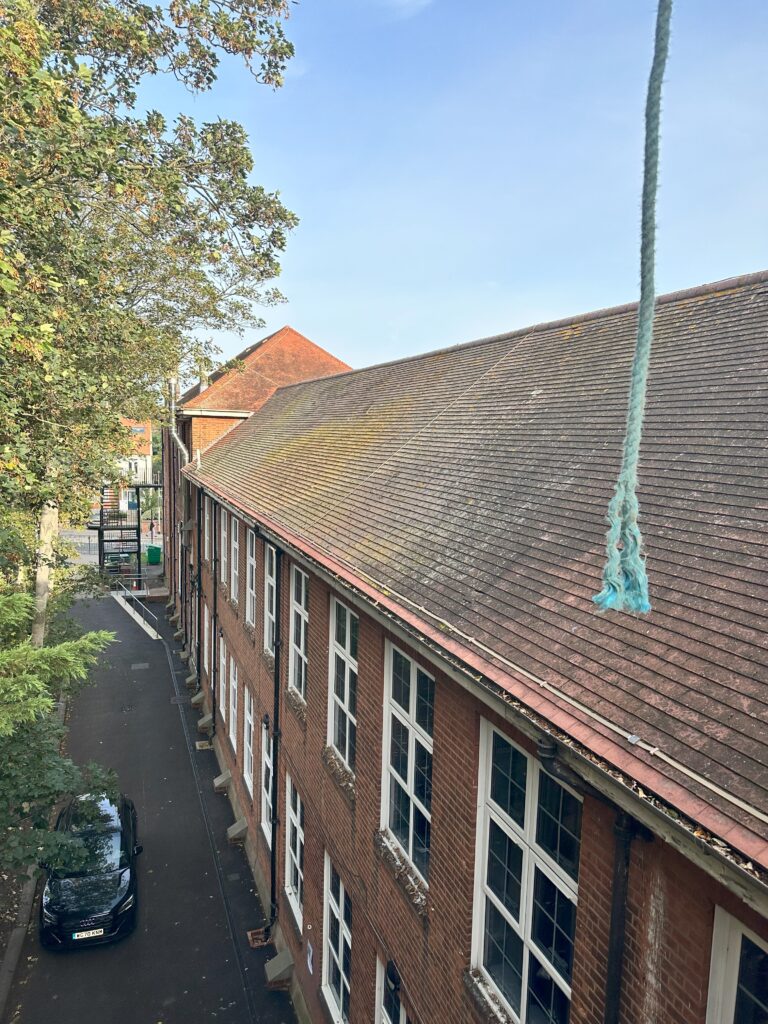
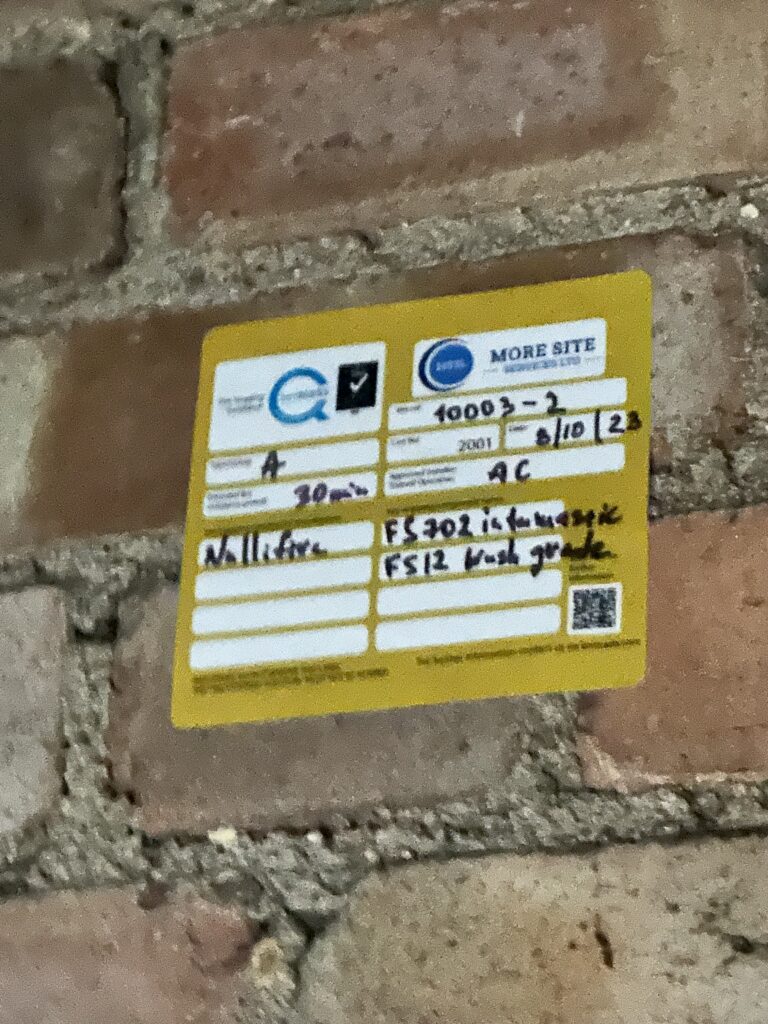

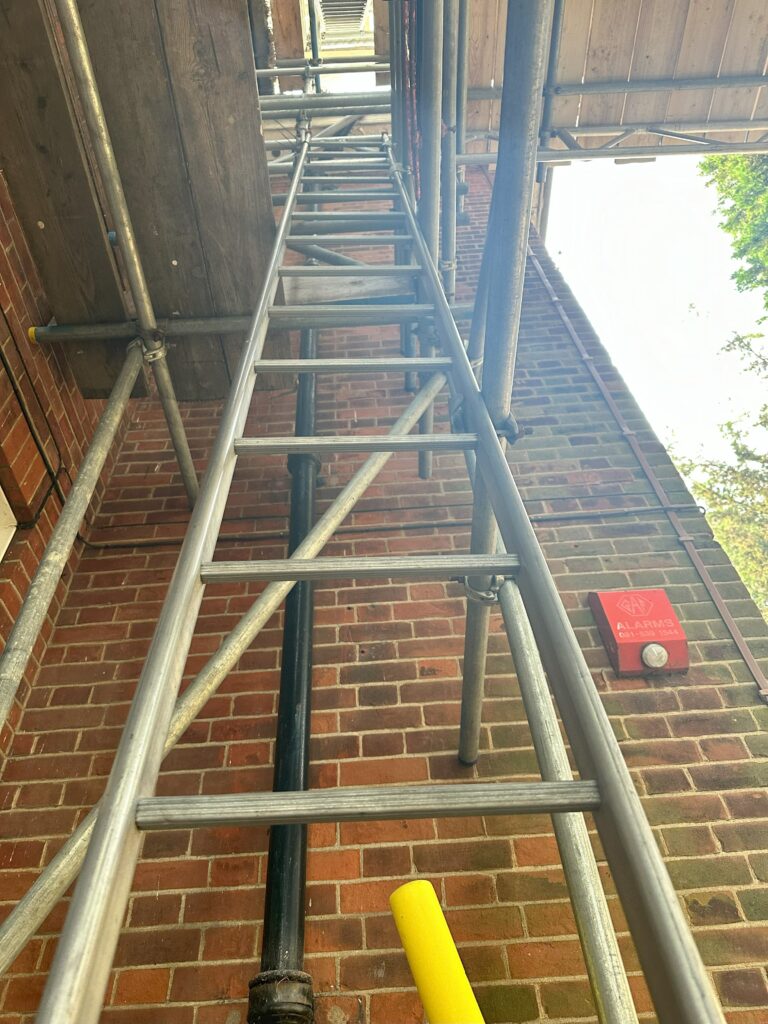
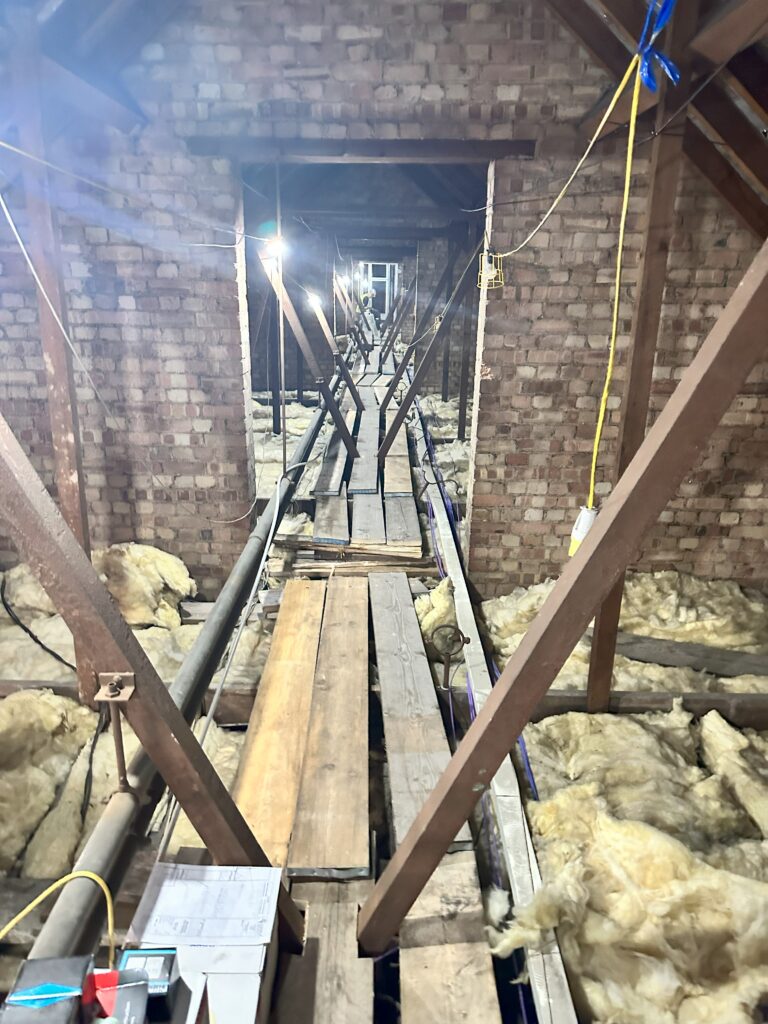

Year 2023
Help for Schools was commissioned to design the new school library for the new Borough Academy project. The library had to accommodate both individual and group study spaces for the pupils.
The library was located in a former part of the Borough Fire Station, which still had the original doors. The design had to incorporate acoustic panels to reduce the noise level in the space. The tables were flexible and could be rearranged according to different needs. The furniture was provided by VS Furniture, a leading school furniture supplier in Europe.
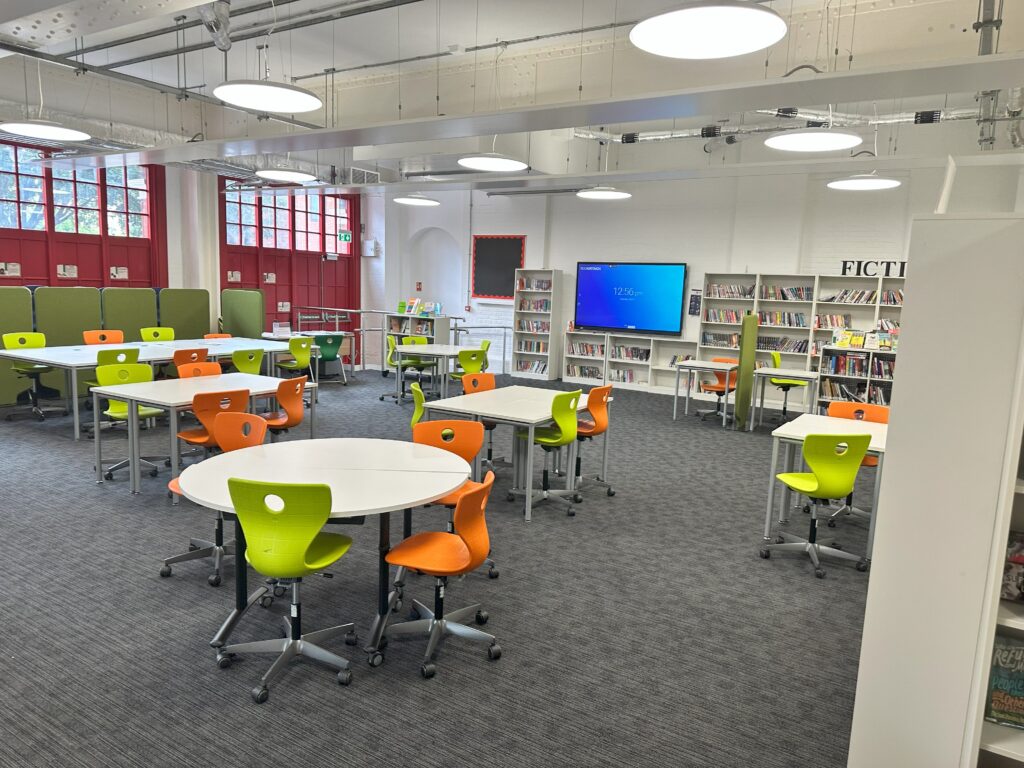
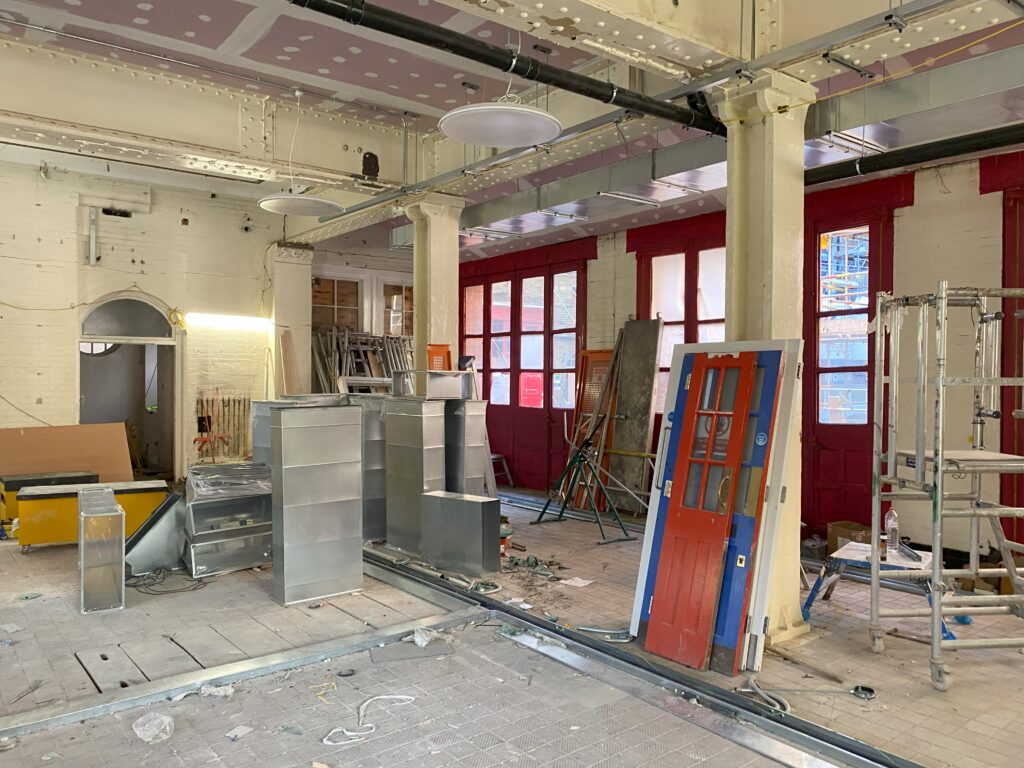
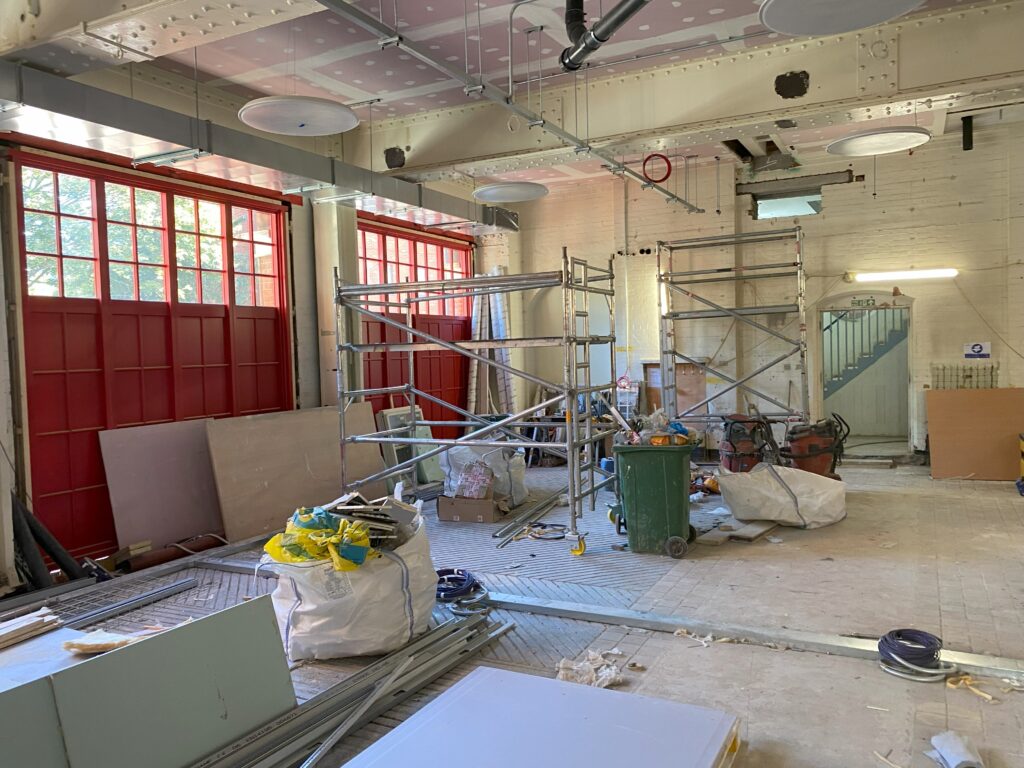
Year 2023
The Haberdashers school had a Main Hall with a wooden floor that had lost its shine and durability over the years. The floor needed a complete makeover to restore its beauty and functionality. Our team of experts performed a thorough refurbishment of the floor, including repairing any damages, sanding the surface, and applying a new coating of varnish.
The result was a stunning transformation of the hall, which looked as good as new and ready to serve the school for another century. The refurbished floor not only enhanced the appearance of the hall, but also made it easier to clean and maintain, and safer and more comfortable for the users.
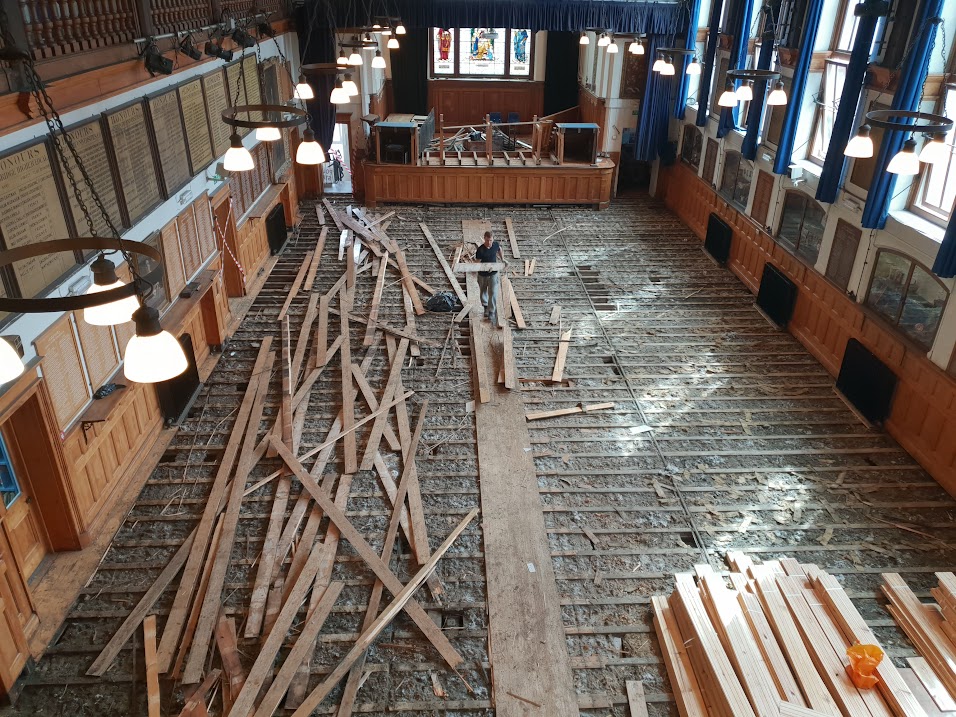


Help for Schools work with washroom design and installation experts supplying the sanitary fixtures and fittings to create a safe, pristine rest room environment for college students.
The old washrooms a in south London school had become dilapidated over time due to cubicles and fitments being damaged. The areas’ poor upkeep led to an increase in anti-social behaviour; hence the school contacted Interfix to carry out a much-needed refurbishment of multiple washroom areas.
With a well-earned reputation for creating and installing innovative washrooms Help for Schools was specified by the college to achieve communal toilet blocks which opened directly onto corridors. The areas were to be devised without doors in order to create a more open, convivial environment and deter vandalism which had taken place in previously enclosed facilities.
As well as offering the best in design, Interfix places great emphasis on the functionality and sustainability of its washrooms to maintain usability, ease of maintenance and cleaning in order to uphold a desirable atmosphere. Help for Schoolscarried out the simultaneous, multi-washroom refurbishment during non-term time.
Solid grade laminate cubicles and duct panels were installed throughout the multiple washroom areas. To deter vandalism, robust, stainless steel washtrough units were also installed; with solid grade laminate under panels affixed to the fronts. As part of its bespoke design and installation service, Help for Schools also made the required alterations to supply and drainage pipework.
By providing the students with stylish, hygienic and well-designed areas the washrooms will serve a vital purpose for many years to come.
Year 2023
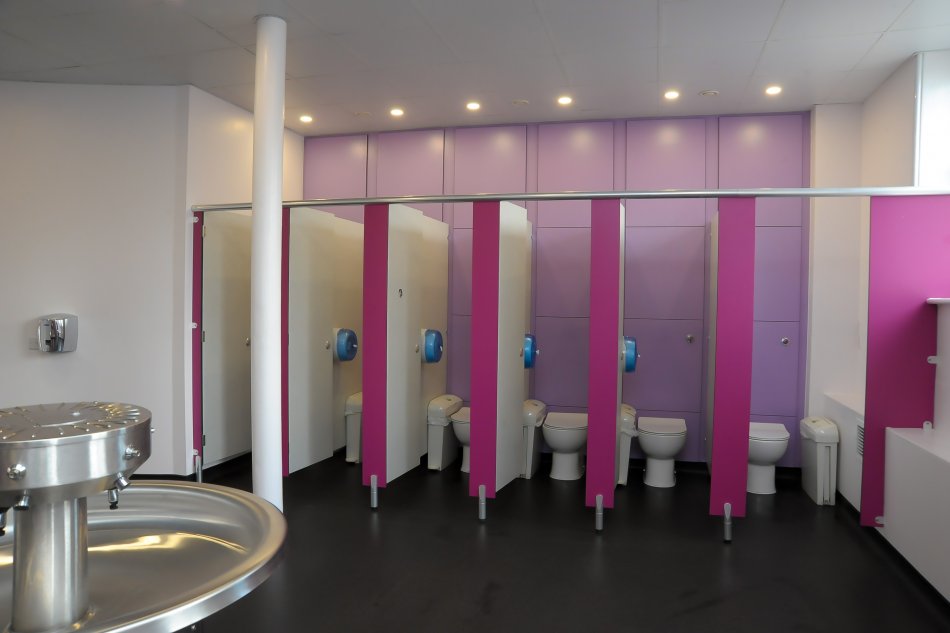
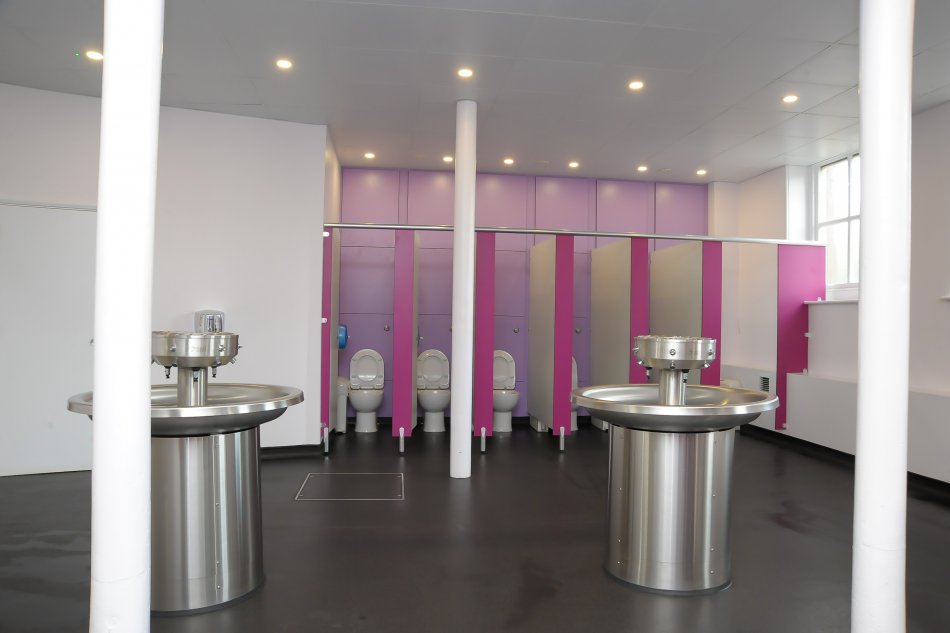


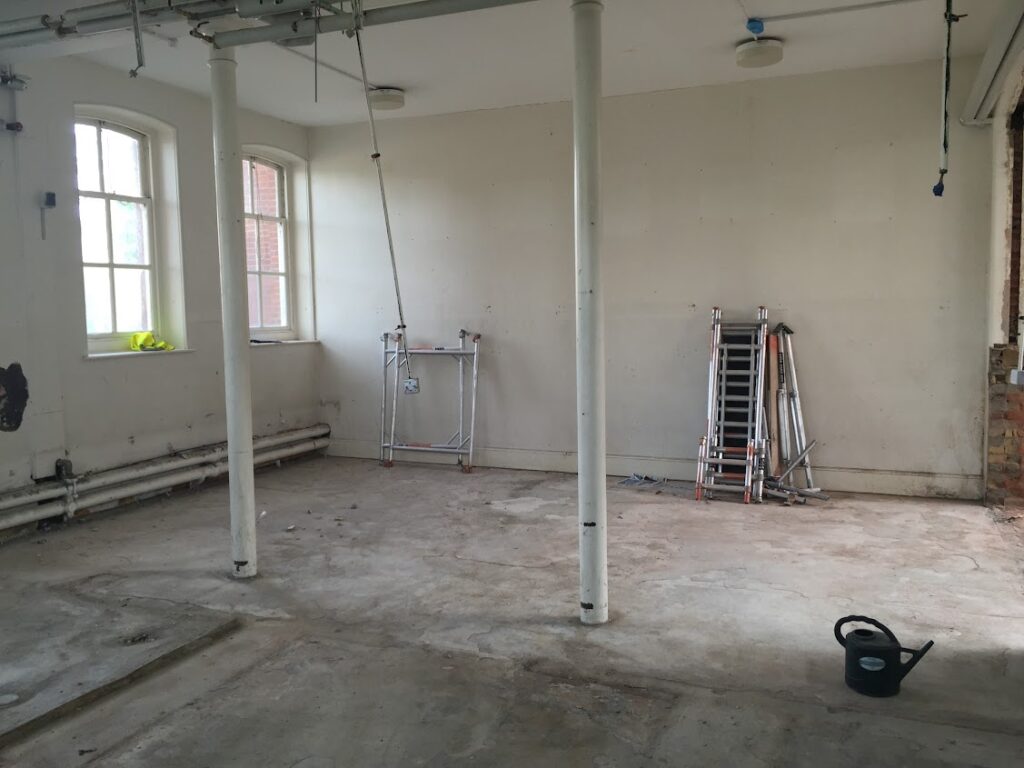
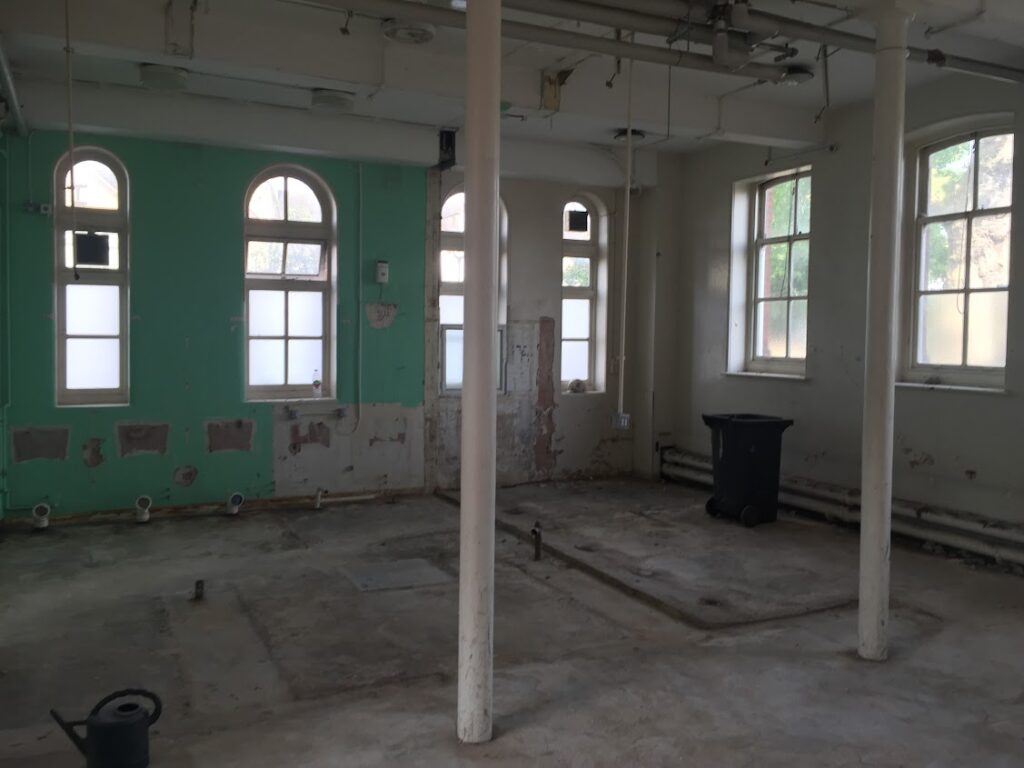
Year 2023
A newly established secondary school situated in Southwark, London operates across two nearby locations. Student numbers are increasing and the school is looking to expand the footprint of the school.
Long-term plans include creating dedicated sixth-form facilities and a permanent second dining area to house the sixth-form. Brown Consult were commissioned to undertake a feasibility study to design and cost a new building. The site’s development is challenging due to space constraints.
Brief
An initial stakeholder briefing meeting was undertaken to establish the aspirations for the
long-term development of the site.
The primary brief requirements were established as follows:



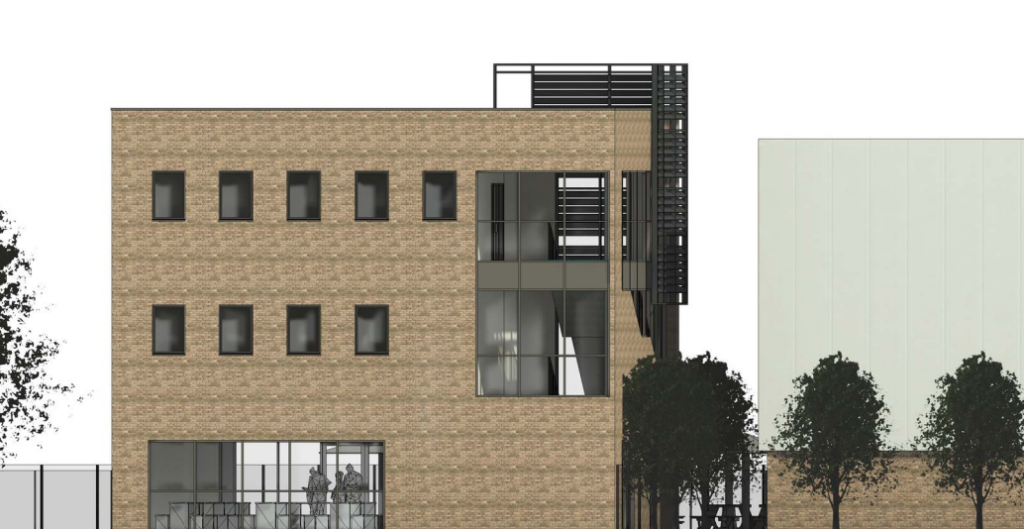
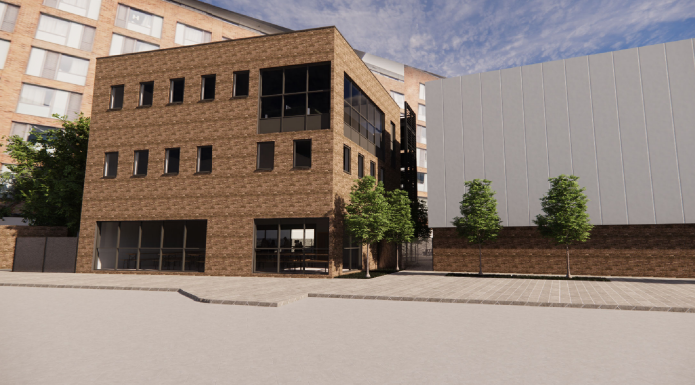
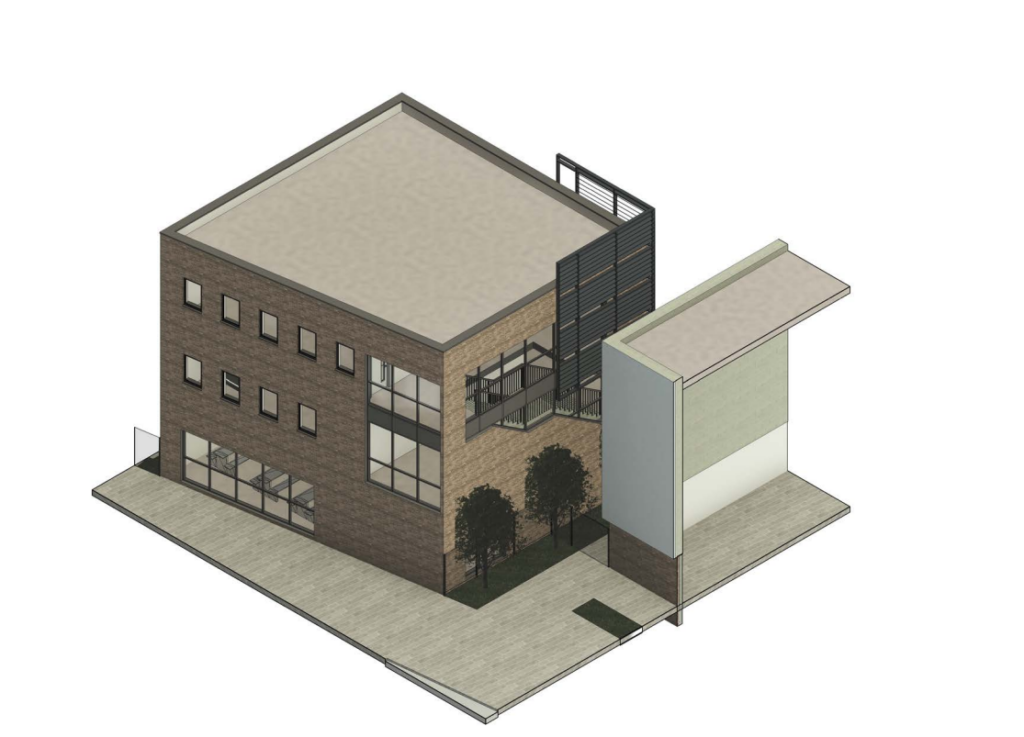
Reason for the Project:
To refurbish the Sixth Form area, providing different areas for both relaxation and study. The client requested that we create a modern and vibrant feel with distinct areas for both collaborative and social study. This is alongside a quiet area for students to fully focus on revising and homework.
Aim of the Project:
To design a functional yet attractive Sixth Form which suits the needs of all Students with a modern design and comfortable working areas.
The furniture needed to be robust and hardwearing but also stylish.
The project aimed to create a versatile space for sixth-form students, with a combination of learning, socializing and studying areas. The space would accommodate up to 150 students at a time and support their transition to higher education. The design solution involved extending the existing rooftop rooms around the plant rooms that could not be removed.
Team Comments on the project:
We worked with the School Head and the Business Manager to select the best products and finishes. Once their preferred choices were selected our Design Team put together 3D renders to enable the school to see the proposed final result and make any necessary tweaks.
We designed the soft seating area to maximize the view out of the large windows and be an ultimate place to relax.
The fabrics for the furniture were chosen to match the colour scheme for each designated area. Another thing we had to bear in mind, was which fabrics best suited the purpose of the furniture for a school environment.
The Sixth Form area now looks rejuvenated, classy and fully functional for lots of students. We are really happy with the choice of colours, the entire Sixth Form area has an understated yet sophisticated feel.
Year 2019
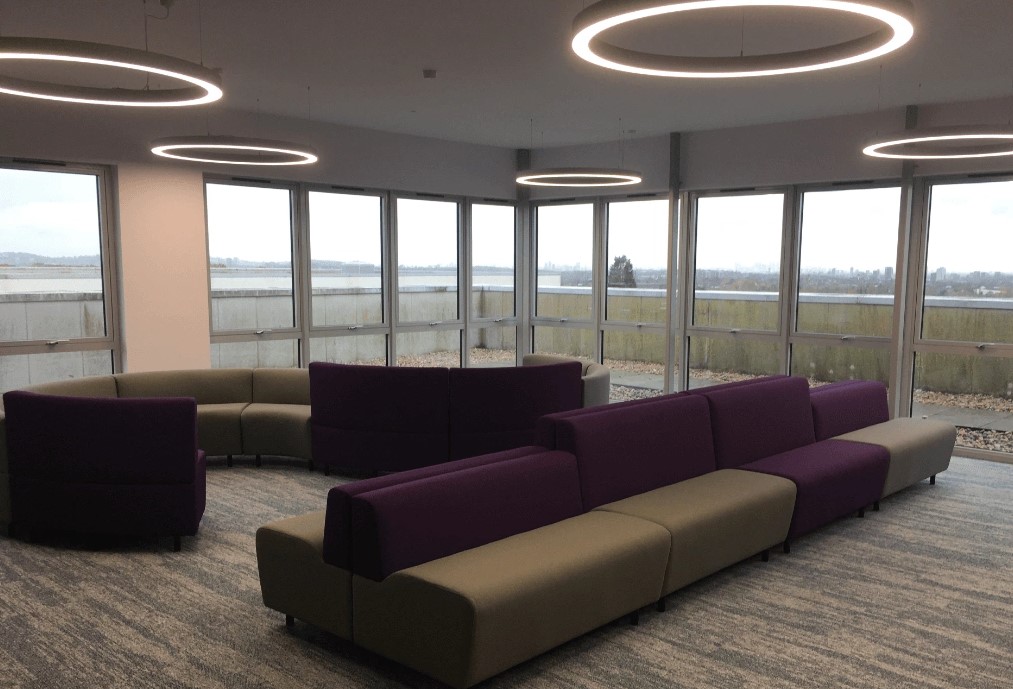

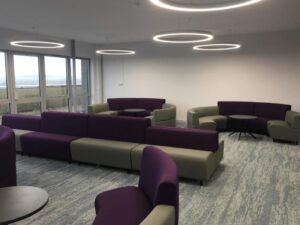
Year 2018
The client requested a space that would make an impression on staff and students. They wanted to create a canteen which was both modern and practical. The design incorporated 3 areas; Grab and Go, Comfort Dining and Chill Out Zone.
Working with the client and architects, Elm produced space plans, 3D visuals and a product brochure.
A combination of stained natural wood and metal finishes was used to create this bespoke environment. This included custom-made farmhouse-style tables and benches, acoustic panels and different height surfaces to give a contemporary coffee shop feel.




